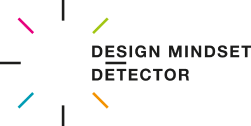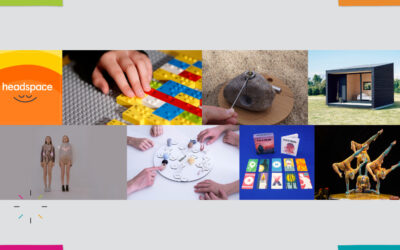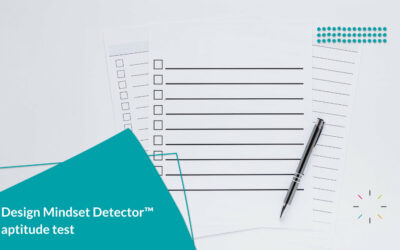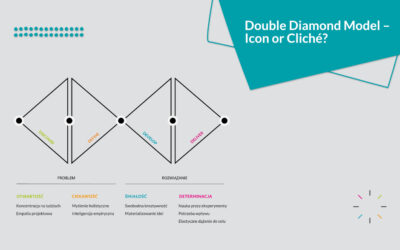The profession of a designer in the digital technology world is not a uniform concept. There are different specializations, and two of the most important are UI (User Interface) Designer and UX (User Experience) Designer. These two roles are often confused, but they differ significantly in terms of responsibilities and required skills.
Quick Links
- UX Designer – what do they do?
- UI Designer – definition and responsibilities
- Differences between UI and UX Designer
- Career path for UI and UX Designer
UX Designer – what do they do?
A UX Designer, or User Experience Designer, is responsible for ensuring the best possible experience for users interacting with a product or service. They focus on understanding and analyzing user needs, preferences, and expectations to transform this information into effective and useful solutions. The work of a UX Designer often starts with market research, prototype creation, and testing, followed by an iterative process of design improvement. This requires a broad range of skills such as empathy, analytical thinking, communication abilities, and an understanding of technology. UX Designers assess the effectiveness of their work by observing how users interact with the product and the experience it provides. This continuous refinement process aims to meet user expectations as fully as possible.
UI Designer – definition and responsibilities
A UI Designer, or User Interface Designer, focuses on the visual and interactive aspects of a digital product. Their task is to design a graphical interface that is intuitive, aesthetic, and user-friendly. The main responsibilities of a UI Designer include creating and developing design systems, selecting color palettes, typography, layout elements on the page, and creating interactive elements such as buttons, icons, and forms. Ensuring interface consistency across different platforms and devices is also a crucial aspect of their work. Throughout this process, a UI Designer must closely collaborate with the UX Designer to ensure the interface not only looks good but also promotes optimal user interaction with the product. This requires skills in computer graphics, programming, as well as an understanding of UX principles and user psychology.
Differences between UI and UX Designer
Although UI and UX Designers work hand in hand to create user interfaces, their roles are distinctly different. Here are the key differences:
- Scope of Work: UX Designers focus on the overall user experience with a product, starting from market research, user needs analysis, to creating navigation paths, prototypes, and testing the interface. UI Designers, on the other hand, focus on the visual and interactive aspects of the interface – its aesthetics, layout, and consistency.
- Skills: UX Designers need strong analytical skills, empathy, and a good understanding of technology to effectively interpret user needs and turn them into effective solutions. UI Designers, however, need strong visual skills, knowledge of computer graphics, and an understanding of user interaction principles.
- Goal: The main goal of a UX Designer is to ensure that users have a positive experience while using the product and that they can easily and effectively achieve their goals. A UI Designer aims to create an aesthetically pleasing, consistent, and intuitive interface.
- Work Outcome: The work of a UX Designer is often less visible to the end user – it is “hidden” in effective navigation, intuitive layout, and ease of use of the product. The work of a UI Designer is directly visible to the user – it is the aesthetics, colors, typography, and interactive elements of the interface.
Career path for UI and UX Designer
The profession of a UI/UX Designer is a goal that involves a process requiring solid education, practical experience, and understanding one’s predispositions. Tools like the Design Mindset Detector predisposition test can be invaluable, allowing you to identify individual strengths and areas for development. After acquiring the necessary skills and creating a portfolio that effectively showcases them, you can start applying for UI or UX Designer positions. Remember that in the dynamic world of design, continuous skill improvement, adapting to new trends, and building a network in the industry are key to success.





